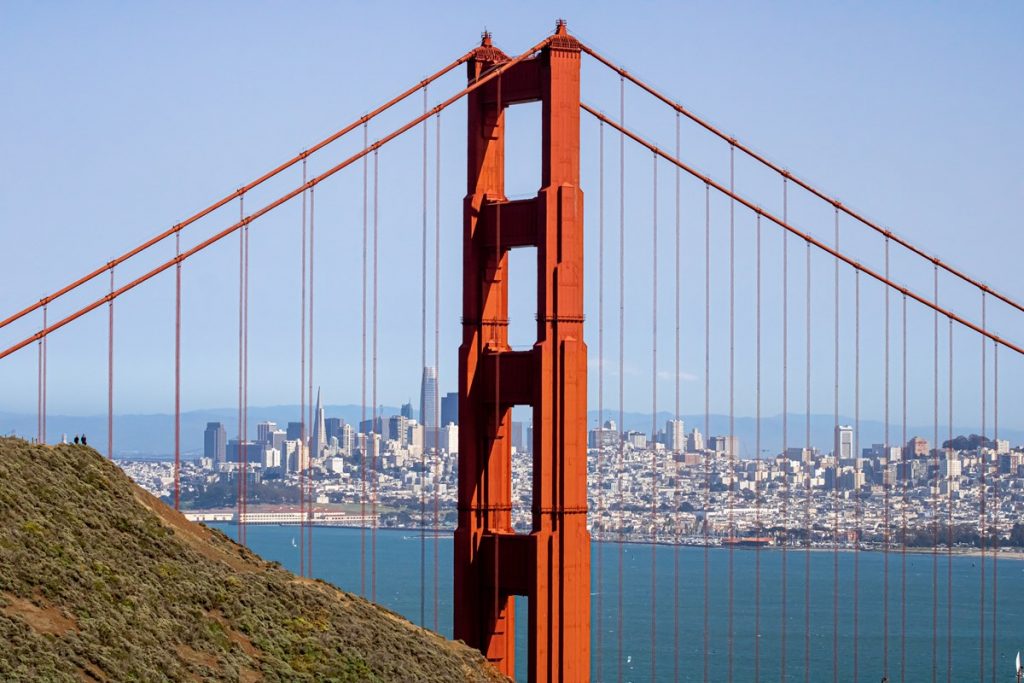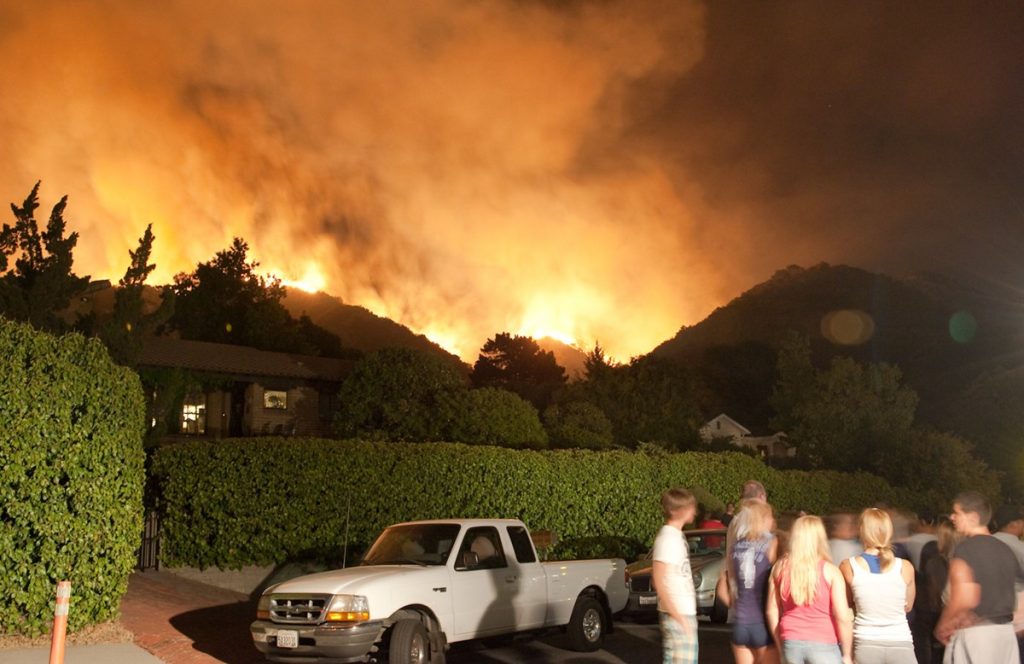The plot of Ayn Rand’s 1957 novel Atlas Shrugged can be briefly summed up as follows: the productive leaders and innovators of the country go on strike by disappearing from society to protest the cronyism, corruption, and oppressive taxes that have made living a virtuous life unbearable. The nation is then on the brink of an economic collapse as the remaining politicians, intellectuals, and mediocre businessmen are only able to take from others and have no capability to create or add value. Atlas Shrugged is very popular with those whose views lean toward libertarianism, while those who lean to the left react to it like a vampire does to a crucifix, despite never even reading a page.
Concerningly, the state of California seems determined to bring Rand’s novel to life.
During the 20th century, California was the jewel of America. Beautiful weather, diverse landscapes, access to the Pacific Ocean, and other features made it the leading state of the nation. There is a saying that says “As California goes, so goes the nation” because to many Americans this seemed like the best place in the entire country to live and raise a family.
Things seem to have changed in the 21st century though. When times were good, the government of California grew and spent more money than it had. In the short term, most people ignored this problem, but as time went on the deficits grew and grew. By the year 2000, the government had run up a debt of $57 billion. Twenty-two years later that number had almost tripled to $145 billion dollars. Since California is a state and not a nation they couldn’t print money to make up for the downfall, so their only options were to either cut spending or raise taxes. They chose the latter.
For state income taxes, California has the highest rates in the entire nation. They also have a declining population, with a loss of more than half a million people since a peak population of 39.5 million in 2019—and they did not all die of Covid. The majority are people who left to live in other states that did not have oppressive taxes and draconian Covid restrictions.
While wise leaders might look at this indicator and see it as a sign that they should change course, wisdom seems to be in short supply for the political elite in this state. Rather than move towards freedom, they are instead moving to erode and attack property rights even more through the form of a wealth tax. Of course, the people proposing this are trying to sell the idea to the public by saying only the super wealthy will be on the hook for this. The rest of us in the ninety-percent will benefit thanks to the rich paying their “fair share”.
The 16th amendment was sold to the American people under this promise too, and had people back then known that income taxes would lead to the system we have today, where the majority of the people use the majority of their income to pay taxes (federal, state, local, property, sales, etc), then this proposal would have been dead on arrival. Today’s politicians are trying to use the same tricks to pass a wealth tax, but the difference between now and then is that now we should know better.
What makes California’s proposed wealth tax even more disturbing is that they wish to still collect the tax for years after a person moves out of the state, like a feudal lord persecuting a serf for moving off his land. They also wish to impose the wealth tax on “part time residents” for the portion of the year that they “reside” in the state. In other words, a family vacation to Disney Land might come with a tax bill from the State of California. And when tourism declines, I wonder who the politicians will blame?
While the wealth tax has not become law yet, it is already prompting some of the mega-rich to move away, depriving California of their portion of the income tax and increasing the deficit. And it’s not just individuals who are leaving the state. National corporations are also deciding not to do business there as well.
As inflation rages across the nation, the costs of everything have gone up, and building materials are no exception. It costs more to replace a house now than it did five years ago. To meet this new reality, home insurance premiums everywhere have increased. California’s Department of Insurance has responded to the new reality by placing new regulations on the insurers to prevent them from raising rates on their customers. The logic here is that the state has the largest population so if insurers wish to do business in the largest market in the United States, then they must abide by our rules.
The reaction has essentially been a boycott of the state by the companies. In addition to normal risks, California is also prone to natural disasters like wildfires, earthquakes, and even mud slides from heavy rains. With these new regulations limiting what prices could be charged, the cost of doing business in the state increasingly outweighs any potential profits. As a result, many of the largest insurance companies in the nation like Allstate and Hartford are no longer issuing new policies in the state.
California government policy has created an insurance desert in the state and with private business unwilling to respond because the once free market is no longer free, the politicians have solved the problem with a government insurance system called FAIR so that homeowners can comply with the insurance requirements for their mortgage. Under this state-owned enterprise, California residents get to enjoy reduced coverage at a higher premium than they would have been able to get before the politicians stepped in to help. This is a clear cut, black and white example of the standard of living decreasing.
The theme of Atlas Shrugged is that the freedom of American society is responsible for its greatest achievements. The book warned that as freedom declined, so too would the standard of living. California’s politicians seem determined to recreate the dystopian world of the book with oppressive taxes, attacks on personal property, and regulations that drive away private businesses.
Someone really ought to tell them that the world of Ayn Rand’s novel was not meant to be aspirational.
Daniel Kowalski
Daniel Kowalski is an American businessman with interests in the USA and developing markets of Africa.
This article was originally published on FEE.org. Read the original article.


